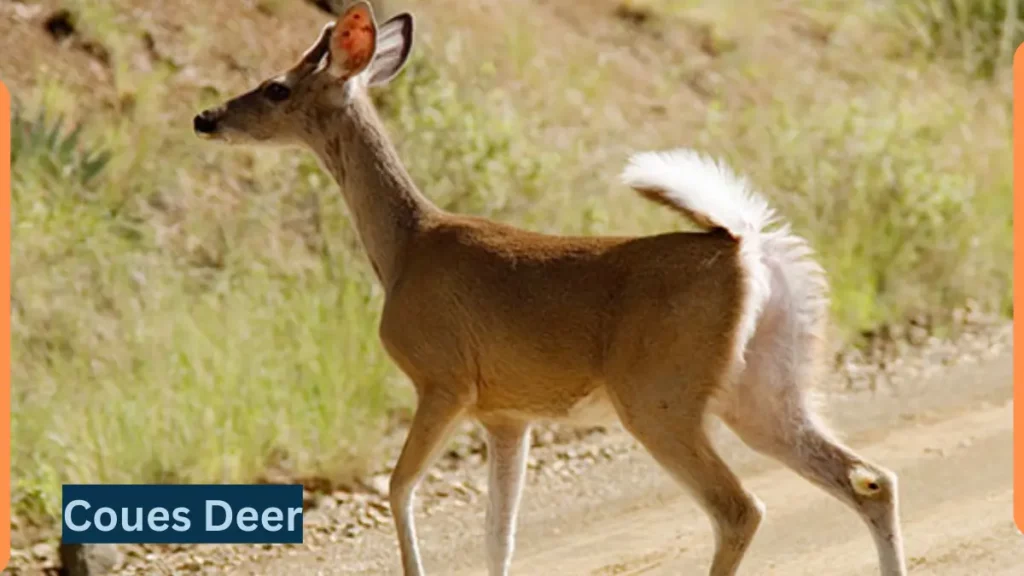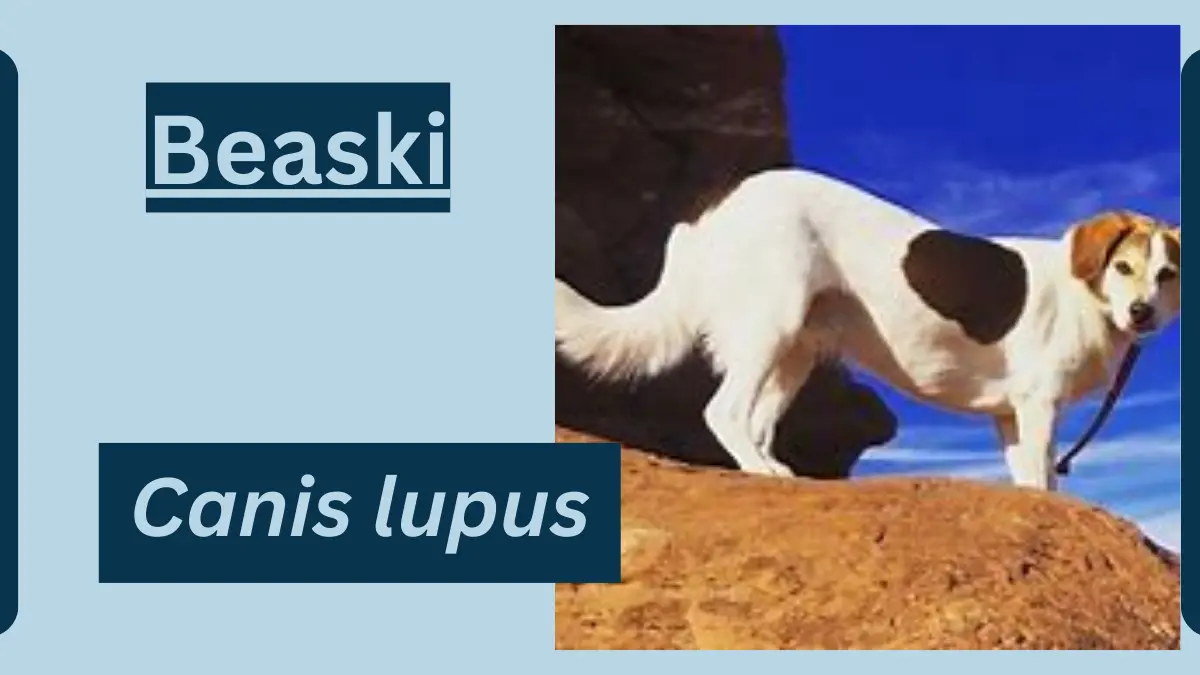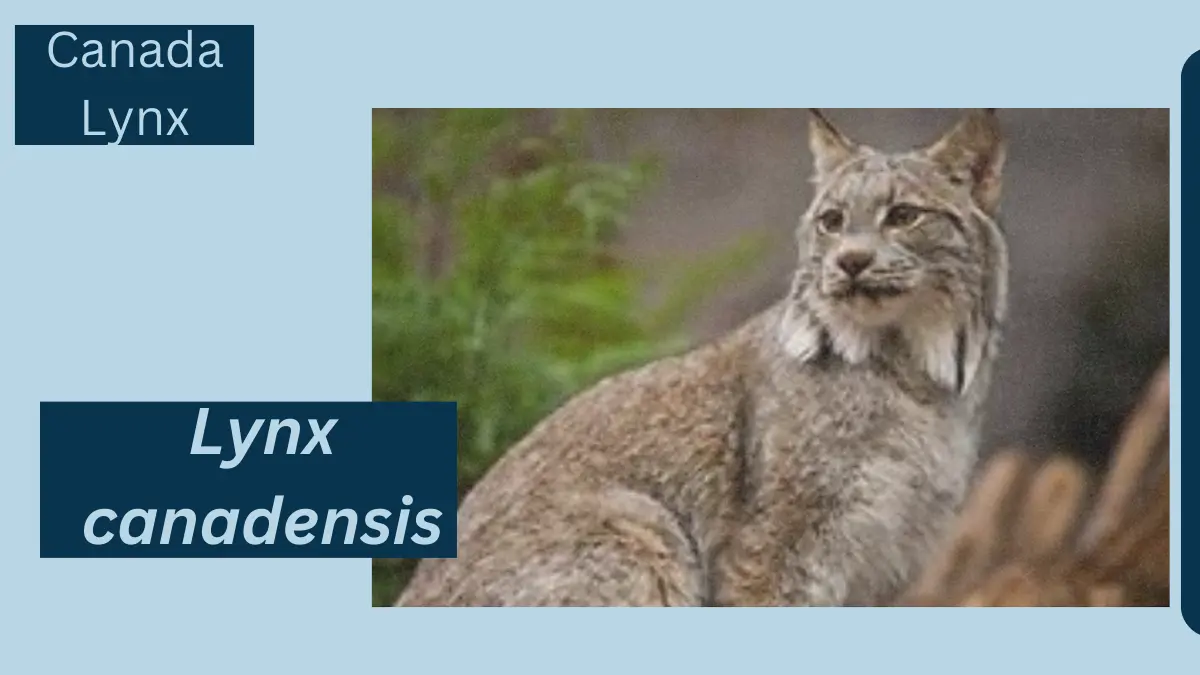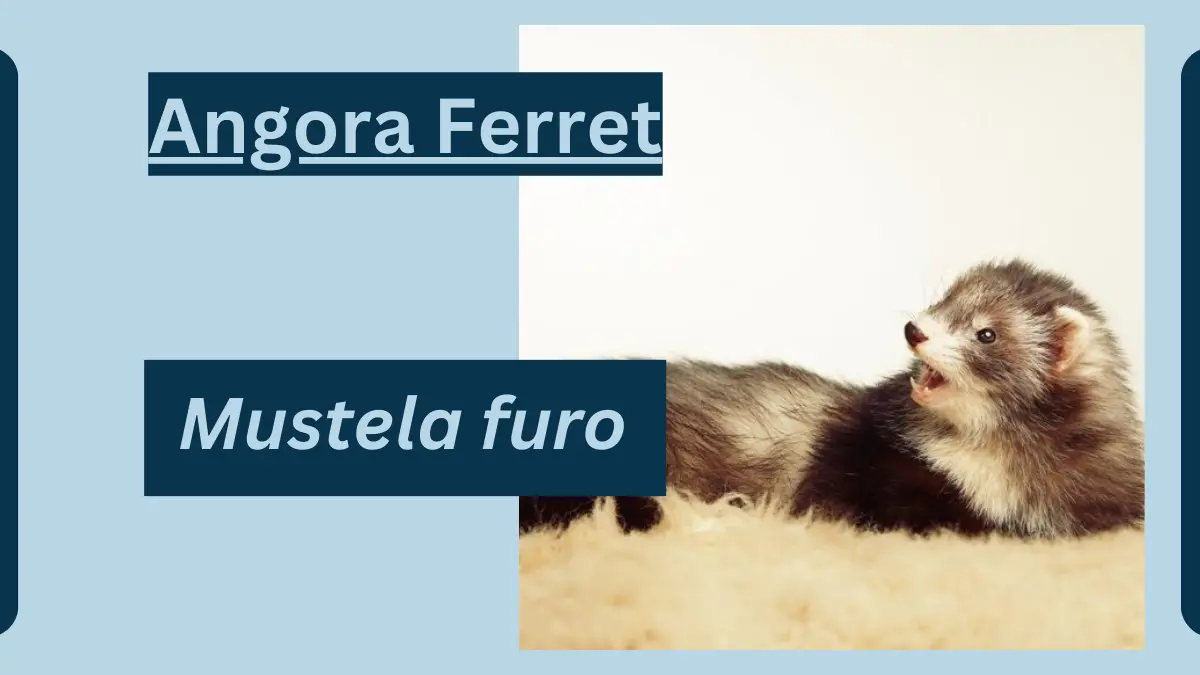Coues Deer-Classification, Appearance, Habitat, and Facts
The Coues deer, scientifically known as Odocoileus virginianus couesi, is a subspecies of white-tailed deer found primarily in the southwestern United States and northern Mexico.

Coues Deer
Here are some facts about the Coues deer.
Scientific Classification
- Kingdom: Animalia
- Phylum: Chordata
- Class: Mammalia
- Order: Artiodactyla
- Family: Cervidae
- Genus: Odocoileus
- Species: Odocoileus virginianus
- Subspecies: Odocoileus virginianus couesi
Distribution and Habitat
Coues deer are predominantly found in the mountainous and arid regions of the southwestern United States, including Arizona and New Mexico, as well as parts of northern Mexico. They inhabit various habitats, such as pine forests, desert scrublands, and oak woodlands. These deer are well adapted to rugged terrains and are often associated with high elevations.
Physical Characteristics
- Size: Coues deer are smaller in size compared to other white-tailed deer subspecies. Adult males, known as bucks, typically weigh between 100 to 140 pounds, while females, known as does, are generally smaller.
- Coat: They have a grayish-brown to reddish-brown coat with a white underside and a white patch on the throat. Their tails are also white underneath, and they exhibit the classic white-tailed deer tail flagging behavior when alarmed.
- Antlers: Coues deer have relatively small antlers with distinct features, including forward-curving tines and an overall compact structure.
Behavior and Diet
- Coues deer are known for their elusive and cautious nature. They are primarily crepuscular, meaning they are most active during dawn and dusk.
- Their diet consists of a variety of vegetation, including grasses, forbs, and browse. They are browsers, meaning they feed on leaves, twigs, and shrubs.
Reproduction and Life Cycle
- Breeding: The breeding season, known as the rut, typically occurs in late November and early December.
- Gestation: The gestation period for female Coues deer is around 200 days.
- Fawns: Usually, does give birth to one or two fawns, which are spotted and stay hidden for the first few weeks of their lives.
- Lifespan: In the wild, Coues deer have an average lifespan of around 4 to 6 years, though some may live longer.
Predators and Threats
Coues deer face various natural predators, including mountain lions, bobcats, and coyotes. Human activities such as hunting, habitat destruction, and vehicle collisions also pose threats to their population.
Conservation Status
The Coues deer is not separately classified on the IUCN Red List, as it is considered a subspecies of the white-tailed deer. Conservation efforts and hunting regulations in the regions where they are found help manage and sustain their populations.
The Coues deer is an iconic species in the southwestern United States and northern Mexico, known for its ability to thrive in challenging mountainous terrains and its distinctive size and antler characteristics compared to other white-tailed deer subspecies.







Leave a Reply